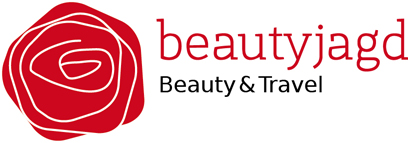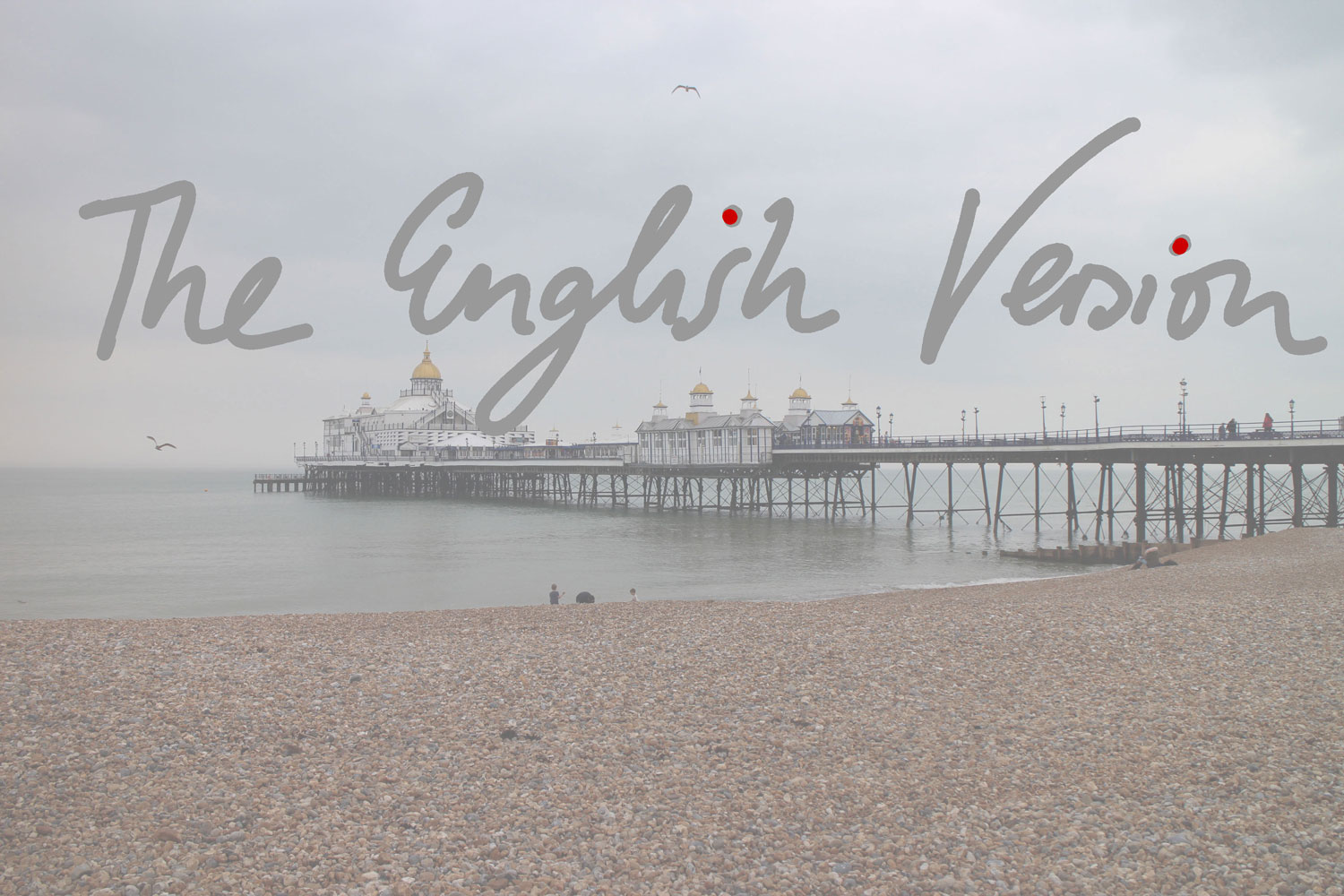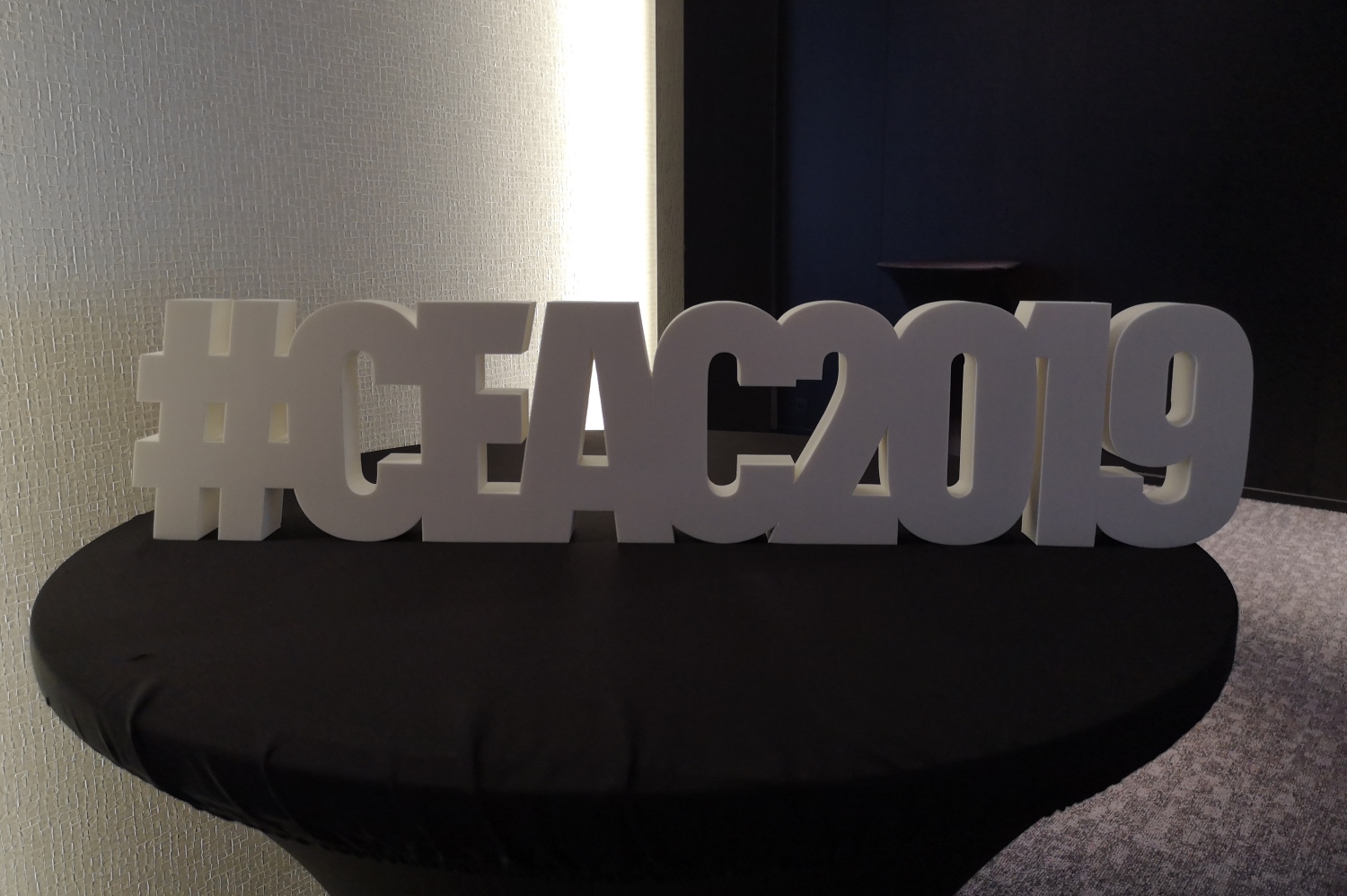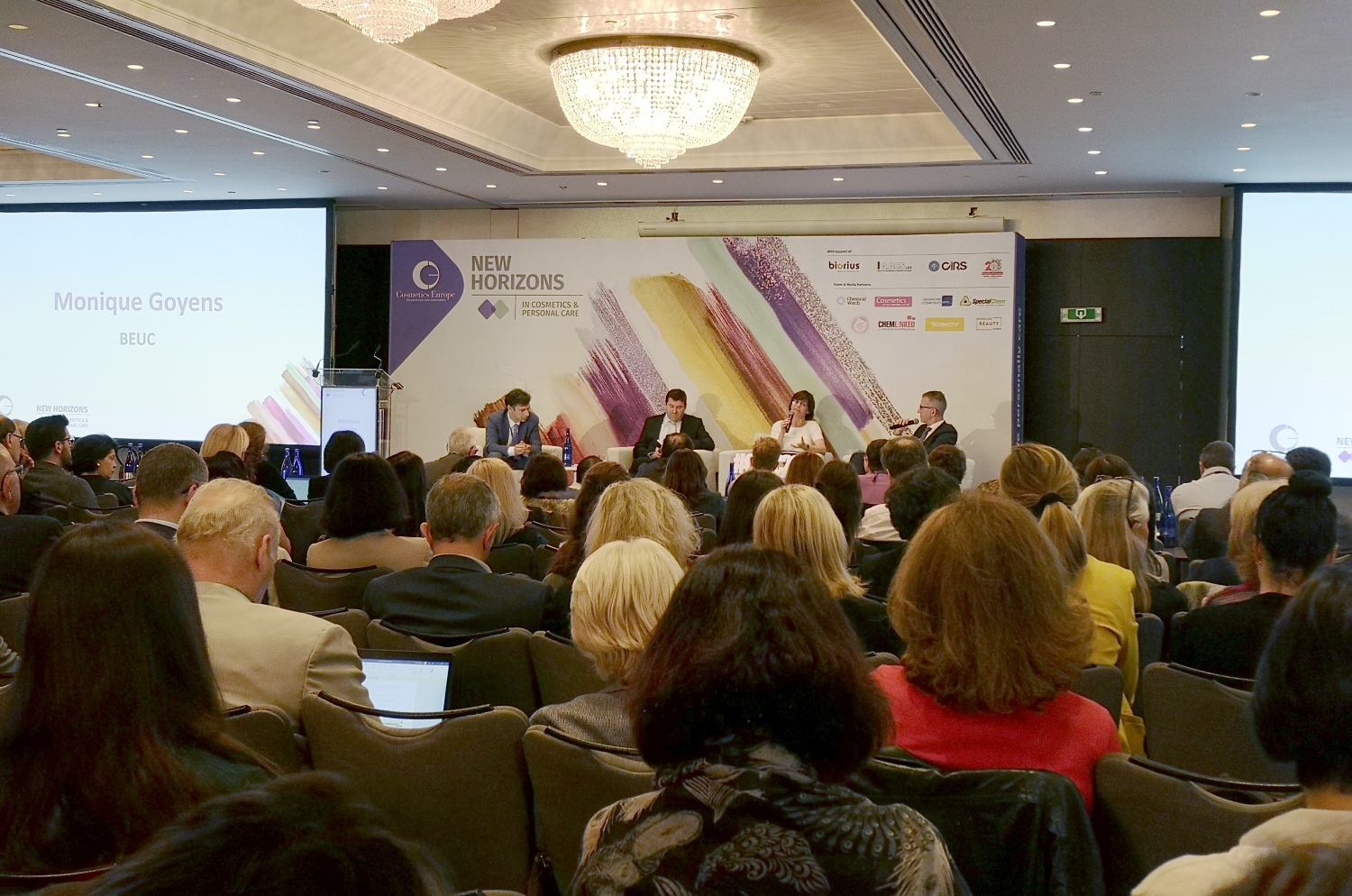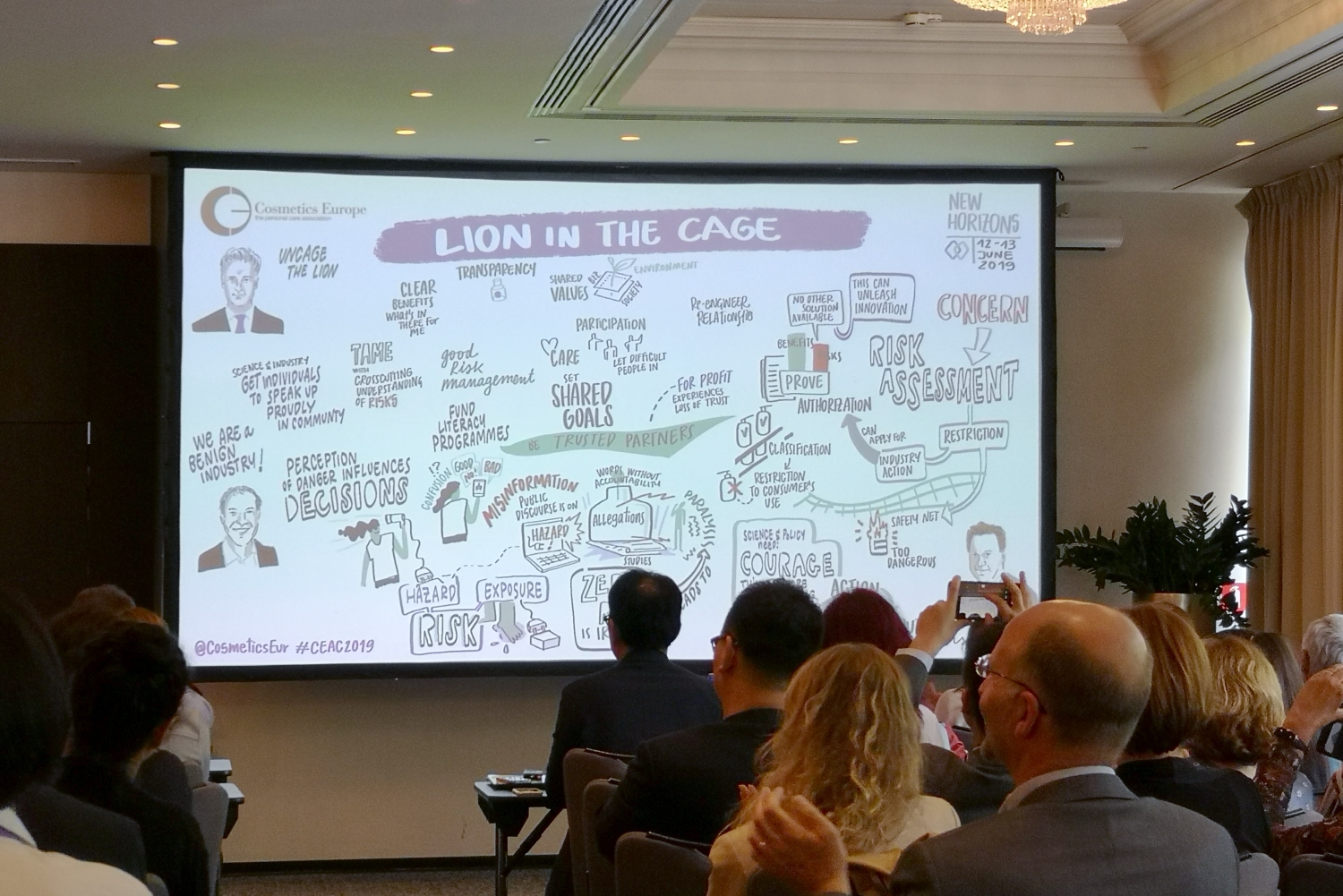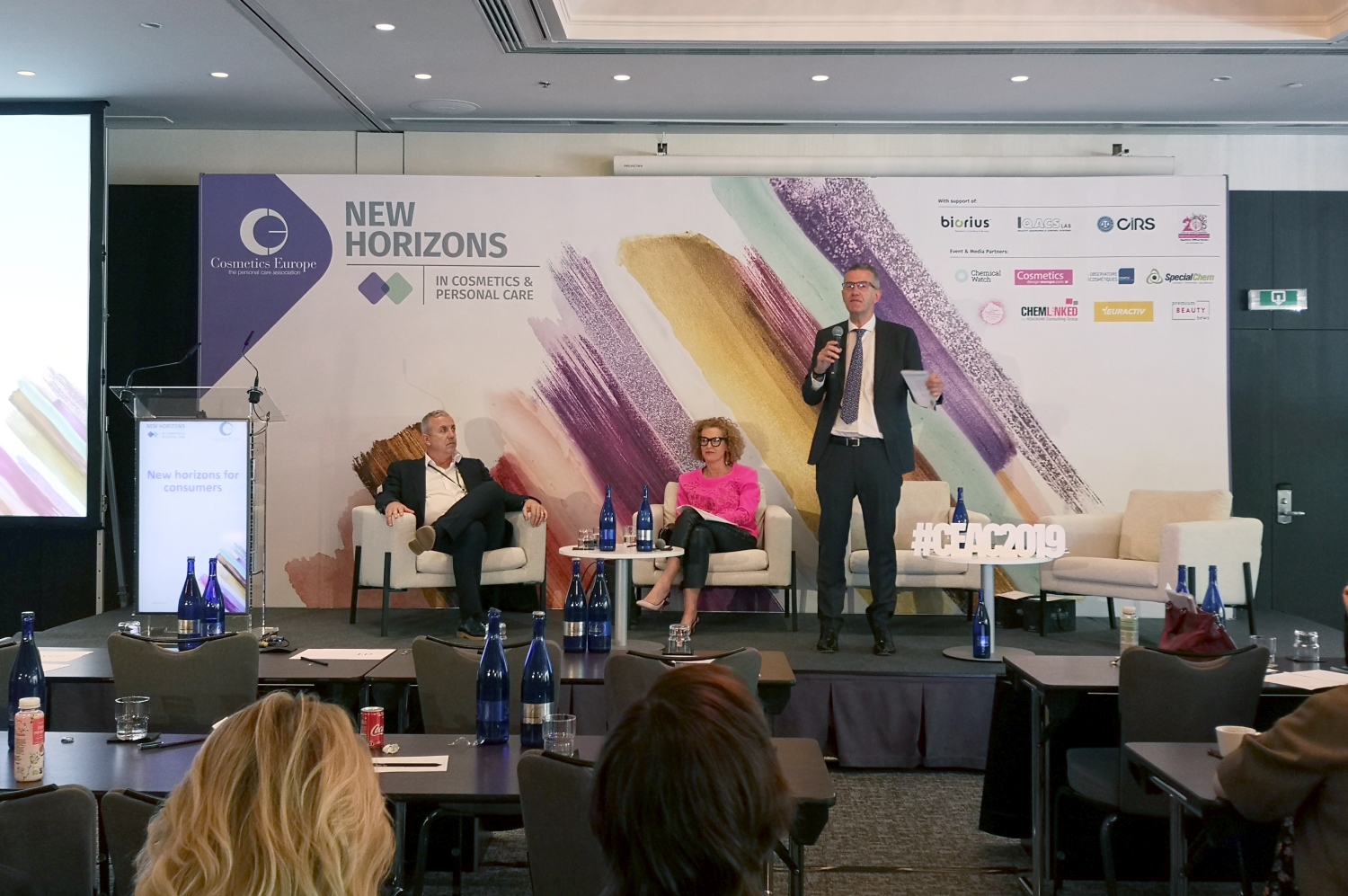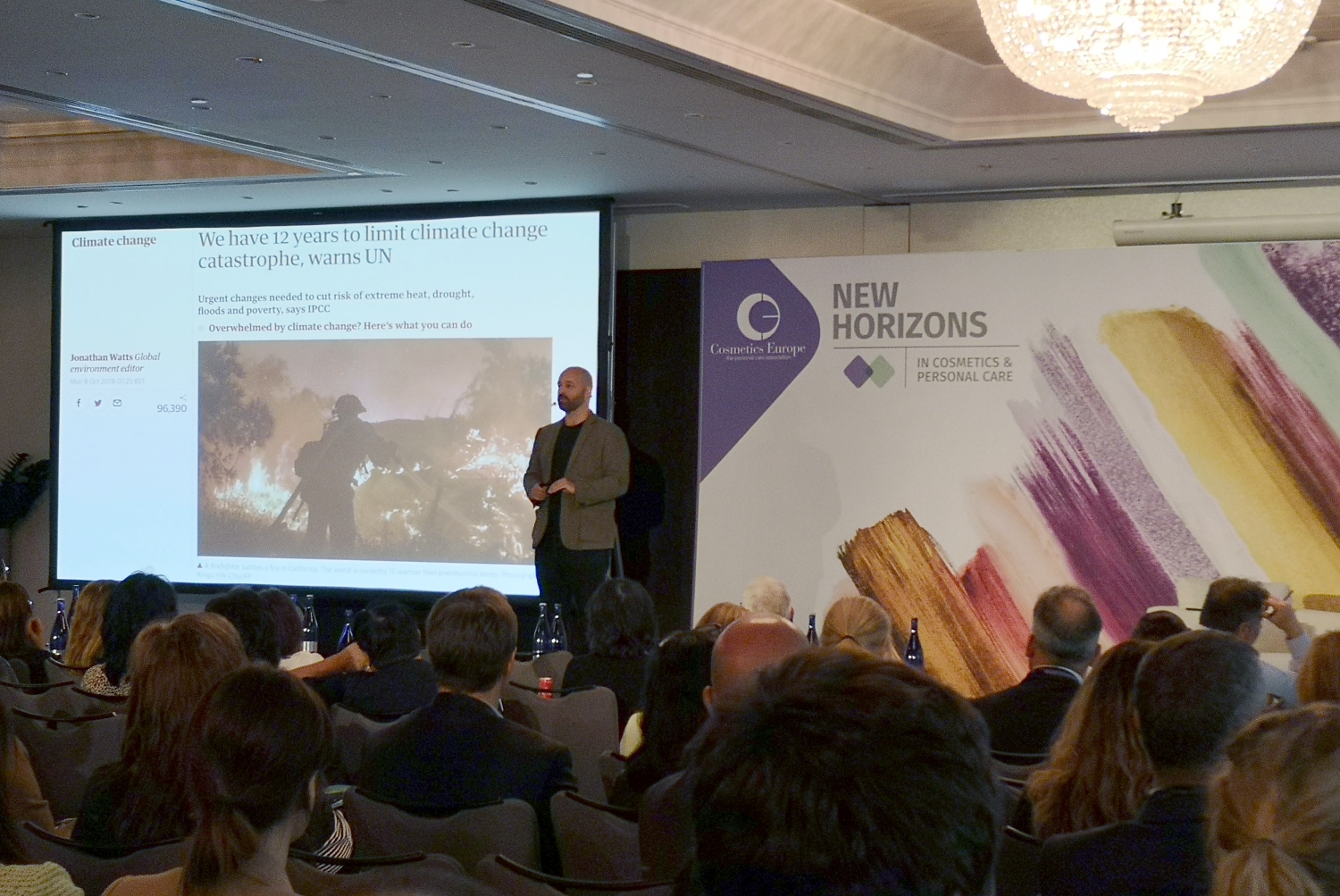This is a translation of my German blogpost about CEAC 2019, the annual conference of European cosmetics association Cosmetics Europe. Enjoy!
Instead of my usual Friday Beauty Notes I’m posting something a little different: I visited Brussels this week to attend the annual conference of European cosmetics association Cosmetics Europe. One of my 2019 goals was to explore the international beauty industry beyond the parameters of the organic cosmetics sector. And the conference sounded really interesting, so I got accredited online, booked a train ticket and went to Brussels! I’m paying for my travel costs and accommodation myself, by the way; just like I did for the seminars that I attended at raw ingredients trade show In-Cosmetics. I consider these kind of events – trade shows, conferences, seminars, workshops and so on – to be like additional training courses in my professional field and I like to invest into my further education.
I am using the return journey from Brussels to Nuremberg to write this post; sitting on the floor of my train carriage (the glamorous life of a beauty journalist 🙂 ) because we’re already delayed by three hours and I missed my connecting train. You can check out my Instagram stories if you want to find out more about my trip to Brussels (they’re in my Highlights).
Cosmetics Europe
Cosmetics Europe is the official trade association of the European cosmetics industry, founded in 1962 and based in Brussels, the capital of Belgium and the primary seat of the European Union. Members include big cosmetics manufacturers (like L’Oréal, P&G, Beiersdorf and Unilever) and the national cosmetics associations of the EU member countries, such as the IKW (German Cosmetic, Perfumery and Detergent Association) from Germany, the French FEBEA (Féderation des Entreprises de la Beauté) or the CTPA (Cosmetic, Toiletry & Perfumery Association) from the UK.
The focus of Cosmetics Europe’s work is to support and advance scientific research about cosmetic ingredients, promote sustainable projects and initiatives and supply information about all aspects of the cosmetics industry to the EU and its various bodies. Basically, Cosmetics Europe represents the European beauty industry at an international level, within the European Union’s legislative, regulatory and policy debate.
On the occasion of the 2019 conference, Cosmetics Europe also published its most recent report about the European beauty sector. Here are some interesting facts and figures: over 2 million people in Europe work within the European cosmetics industry (including 28.000 clinical and scientific research staff) and in 2018 the European cosmetics market was worth 78.6 billion Euro, making it the largest cosmetics market in the world.
Cosmetics Europe Annual Conference 2019
The theme of the 2019 edition of the annual Cosmetics Europe conference (in brief: CEAC 2019) was “New Horizons in Cosmetics and Personal Care”. There were around 300 attendees most of which came from cosmetics companies or the various international trade associations. This year’s conference programme focused on the current and future regulatory and communicative challenges facing the European beauty industry. There was also time to network – I met quite a few people that I already knew, like Mark Smith from Natrue who also attended CEAC 2019.
The conference kicked off with an overview of topics relating to the regulations for cosmetics and personal care in the European Union. The EU Cosmetics Regulation is the strictest regulatory legal framework for cosmetics in the world, and many other geographic regions and national markets consider it to be a model for their own cosmetics standards.
The EU regulations are constantly updated and further developed to ensure that consumers continue to be as well protected as possible. Salvator d’Acunto from the European Commission gave an overview of the topics that are currently debated in this field: like hormonally active ingredients (endocrine disruptors), allergenic fragrance ingredients and potentionally carcinogenic substances.
Monique Goyens from European consumer association BEUC argued that the safety of the consumer must always have the highest priority for any cosmetics manufacturer. The ensuing discussion was lively: company representatives as well as EU attendees emphasised that all regulatory decisions needed to be validated by scientific research and solid facts.
Next were a number of parallel sessions including a presentation on micro plastics which sounded really interesting, but in the end I decided to attend a session on industry-specific communication which is exactly my area of interest. There were four Best Practice examples from international associations who demonstrated how they were trying to make complex topics more accessible to a wider public, with the goal of establishing the cosmetics industry as a solid knowledge resource for journalists and consumers.
One topic kept reappearing during the conference: how can the cosmetics industry win the trust of the public? There were many questions: what’s the best way to deal with apps that present cosmetic ingredients in a simplified manner, without highlighting the complexities of a substance? How can you best explain and communicate complicated scientific topics or research to consumers or the media? And is scientific data that been collected by the industry even considered a trustworthy source by these groups? The solution can only be to increase the dialogue and communication between all stakeholders: consumers, companies and manufacturers as well as policy makers.
The first conference day finished with a session on changing consumer demographics, with a special focus on the changes that are currently taking place right here in Europe: many European countries have fast-ageing societies and soon, older people will be in the majority. Stéphane Tuchi of French marketing agency Ifop highlighted some of the implications that this demographic change is bringing to the cosmetics industry: he strongly recommended that older consumer groups should be addressed in a more positive manner. And Dutch blogger Anita Willemars argued in her presentation that women over 50 are not one single homogenous group. Both speakers agreed that consumers have changed much faster than the beauty industry. Other sessions that took place at the same time discussed the effects of the European elections on the cosmetics industry or highlighted regulatory developments in the US and Canada.
On the second day of CEAC 2019 I attended a session which introduced the work of the EU Commission’s independent Scientific Committee on Consumer Safety (SCCS). I had no idea how much information the European Union is offering on its various official websites: fact sheets and so-called “Opinions” discuss the safety of ingredients within a scientific context, like ingredients that are used in hair colourants or nano materials. Other parallel conference sessions dealt with the skin’s microbiome or with the effects of the increasingly globalised e-commerce sector.
The final presentation of CEAC 2019 was held by Greenpeace activist Ed Gillespie from the UK. He described the drastic consequences of the climate crisis and demanded a radical transformation of the beauty industry. Ed highlighted Danish restaurant NOMA in Copenhagen as a prime example of a future-oriented company: a focus on the essentials, regional ingredients and a relaxed elegance are amongst the key ingredients for NOMA’s success. He also predicted that the up-and-coming “Generation Less” will be buying and consuming much more deliberately than previous generations, and that these customers will only trust companies that were working transparently.
As a result, many companies must re-think their business model if they want to achieve this goal whilst still remaining commercially successful, Ed said. He added that the industry shouldn’t put all of the responsibility on the shoulders of the consumer. Rather, companies and manufacturers must work more proactively. One of his presentation slides was provocatively titled: “What if our pursuit of manufactured beauty is killing real beauty?”.
I found the Cosmetics Europe conference (which was superbly organised, by the way) fascinating; it offered so many valuable glimpses into the – mostly conventional – cosmetics industry and also into the work of the European Union. As I mentioned in the introduction to this article, one of my goals for 2019 is to explore what is happening in the wider world of cosmetics, and look beyond the confines of the organic and niche beauty sectors. I am firmly convinced that lasting change will happen only if there is a willingness to learn from one another.
At the conference it was quite noticeable how many the attendees genuinely liked working in the beauty industry (which is exactly how I feel). Maybe this is one of the reasons why the field of cosmetics is so interesting – science and emotions are closely linked and they both are such fundamentally human topics.
You can find more information about Cosmetics Europe and the CEAC 2019 on the association’s homepage.
